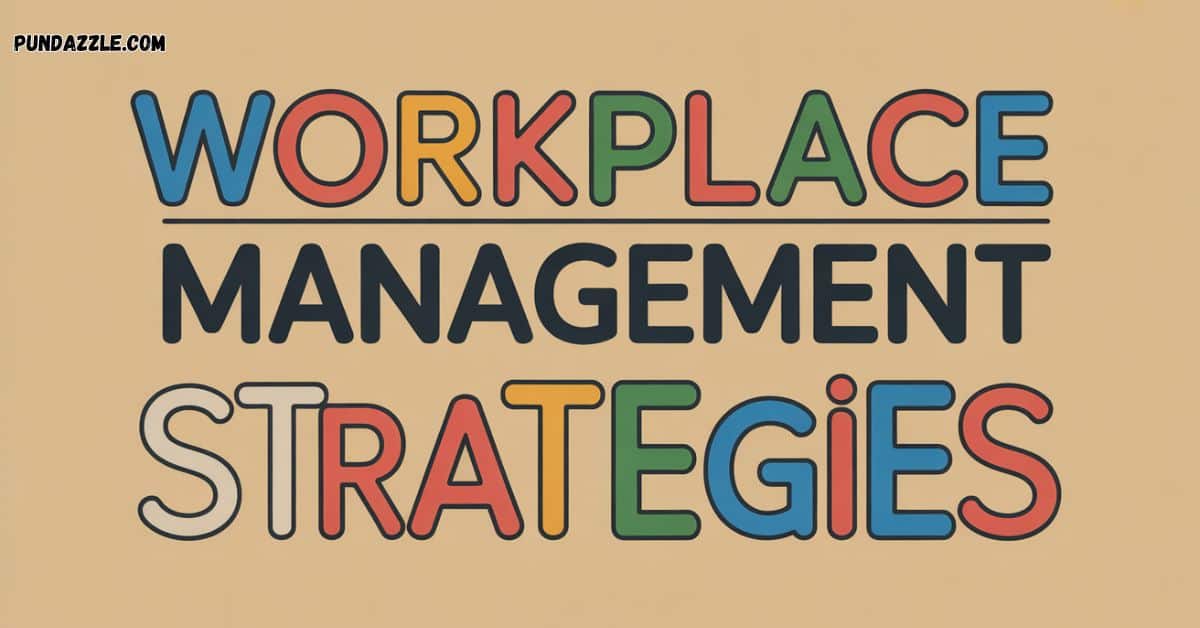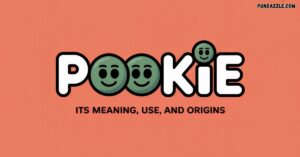In today’s fast-paced business environment, effective workplace management is crucial for fostering productivity, engagement, and overall company performance.
With the rise of remote and hybrid work models, organizations must adapt their strategies to ensure team cohesion and successful outcomes.
This article delves into practical workplace management strategies under the framework of Ewmagwork, providing insights into optimizing workflows, building team culture, and achieving management goals.
Defining Management Goals
Clear management goals serve as the compass for any organization. Without them, teams can drift, leading to confusion and inefficiency.
Importance of Clear Objectives
Setting clear objectives helps align individual efforts with organizational vision. When employees understand their roles and how they contribute to larger goals, they feel more engaged and motivated.
SMART Goals Framework
A widely recognized method for effective goal setting is the SMART framework:
- Specific: Clearly define what you want to achieve.
- Measurable: Identify how you will measure success.
- Achievable: Set realistic and attainable goals.
- Relevant: Ensure the goals align with broader business objectives.
- Time-bound: Set deadlines for achieving these goals.
Consider this example: instead of saying, “Improve team performance,” a SMART goal would be, “Increase team productivity by 20% in six months by implementing weekly check-ins and utilizing task management tools like Asana.”
Real-World Examples
Companies like Google and Amazon exemplify the successful implementation of SMART goals.
Google’s use of Objectives and Key Results (OKRs) helps teams focus on measurable outcomes, while Amazon emphasizes customer-centric goals that drive employee performance and accountability.
Building a Strong Team Culture
A strong team culture fosters collaboration and trust, essential components of effective workplace management.
Understanding Team Dynamics
Fostering an environment where team members feel safe to express their ideas and concerns promotes trust and collaboration. Regular team-building activities can enhance these dynamics, helping to break down barriers.
Encouraging Diversity and Inclusion
Diverse teams bring varied perspectives, enhancing creativity and problem-solving. Organizations should actively promote diversity and inclusion initiatives, ensuring all voices are heard and valued.
Creating a Positive Work Environment
A positive work environment is characterized by open communication, recognition, and support. Here are strategies to cultivate such an atmosphere:
- Celebrate achievements: Recognize both individual and team successes.
- Encourage feedback: Implement regular check-ins and surveys to gather input from team members.
- Promote well-being: Offer resources for mental health and work-life balance.
Also read: Is Zikzoutyqulsis Bad? Find Out The Truth Before You Click
Choosing the Right Tools
Selecting the right tools is essential for optimizing document workflow and ensuring effective team collaboration.
Identifying Needs and Objectives
Before choosing any software or tools, assess your team’s needs. What challenges do they face? What processes require improvement? Conduct a software audit to identify gaps and opportunities.
Popular Management Tools
Here are some popular project management tools that can streamline workflows and enhance productivity:
| Tool | Key Features |
|---|---|
| Asana | Task management, project timelines, integrations |
| Trello | Visual task boards, collaboration features |
| Monday.com | Customizable workflows, automation options |
| Notion | All-in-one workspace for notes, tasks, and projects |
| Slack | Real-time messaging, file sharing, integrations |
Integrating Technology Seamlessly
Once tools are selected, ensure they integrate smoothly into existing workflows. Provide training sessions to familiarize team members with new software and encourage regular use to maximize benefits.
Adopting Flexible Work Models
With the rise of remote and hybrid work, flexibility in the workplace has become a necessity rather than a luxury.
Understanding Flexibility in the Workplace
Flexible work models include options like remote work, hybrid setups, and flexible hours. These models allow employees to balance their professional and personal lives more effectively.
Benefits of Flexibility
Research indicates that organizations offering flexible work arrangements experience higher employee engagement, increased productivity, and reduced turnover rates.
For example, a study by Stanford showed that remote workers were 13% more productive than their in-office counterparts.
Implementing Flexibility Successfully
To successfully implement flexibility:
- Set clear expectations: Define working hours and availability.
- Utilize technology: Tools like Zoom and Slack enable seamless communication.
- Monitor productivity: Use time tracking and task management features to ensure accountability.
Scaling and Managing Change
As organizations grow, they must adapt their management strategies to accommodate new challenges and opportunities.
Recognizing the Need for Change
Change is inevitable in any organization. Recognizing when to scale operations or pivot strategies is crucial for long-term success. Indicators of change might include:
- Increased workload
- New market opportunities
- Employee feedback indicating burnout or inefficiency
Strategies for Effective Change Management
Implementing change requires careful planning and execution. Here are key strategies:
- Communicate transparently: Keep team members informed about changes and their implications.
- Involve the team: Engage employees in the change process to foster buy-in and minimize resistance.
- Provide training: Offer support and resources to help employees adapt to new processes or tools.
Adapting to Growth
As teams scale, maintaining effective communication and collaboration becomes critical. Process mapping can help identify workflows that need adjustment, ensuring that everyone stays aligned with organizational goals.
Also read: Is Zupfadtazak Dangerous? Full Guide To The Mystery And Risks
Tracking and Enhancing Performance
Performance tracking is vital for assessing productivity and identifying areas for improvement.
Setting Performance Metrics
Establish metrics and KPIs that align with your management goals. Common metrics include:
- Task cycle time
- Team satisfaction scores
- Error rates in project deliverables
Feedback Mechanisms
Regular feedback is essential for continuous improvement. Schedule performance reviews and encourage peer feedback to promote a culture of accountability and growth.
Continuous Improvement Strategies
Fostering a learning culture within your organization encourages ongoing development. Implement strategies like:
- Peer-led workshops: Create opportunities for team members to share knowledge and skills.
- Incentives for improvement: Reward employees who contribute to process enhancements or demonstrate exceptional performance.
Conclusion
Effective workplace management is a multifaceted endeavor that requires strategic planning, open communication, and adaptability.
By implementing the strategies outlined in this article, organizations can cultivate a thriving team culture, enhance productivity, and achieve their management goals.
Embracing Ewmagwork principles will not only streamline workflows but also foster a collaborative environment that drives success.
FAQs
What is workplace management?
Workplace management involves organizing and optimizing resources to improve team performance and achieve organizational goals. This includes setting clear management goals, enhancing team collaboration, and utilizing the right tools.
How can I improve team culture?
To improve team culture, focus on building trust, promoting diversity, and creating a positive work environment. Regular team-building activities and open communication channels can significantly enhance team dynamics.
What tools should I use for project management?
Consider using tools like Asana, Trello, Monday.com, or Notion for effective project management. Each tool offers unique features that can streamline workflows and improve team collaboration.
How can I implement flexible work models successfully?
To implement flexible work models, set clear expectations, utilize communication tools like Slack or Zoom, and monitor productivity through task tracking software. Encourage team members to communicate their needs and challenges.
What are the key metrics for performance tracking?
Key performance metrics can include task completion rates, team satisfaction scores, error rates, and overall productivity levels. Regularly review these metrics to identify areas for improvement and celebrate successes.
Read more knowledgeable blogs on Pun Dazzle

Philipp Engel is a passionate writer and pun lover dedicated to spreading laughter and joy through words. As the creator and author of the website Philipp Engel, he delivers a delightful mix of puns, jokes, and playful humor that entertains readers of all ages. With a sharp wit and a deep love for language, Philipp aims to brighten every visitor’s day with clever wordplay and a smile, making humor a universal language that connects people everywhere.








